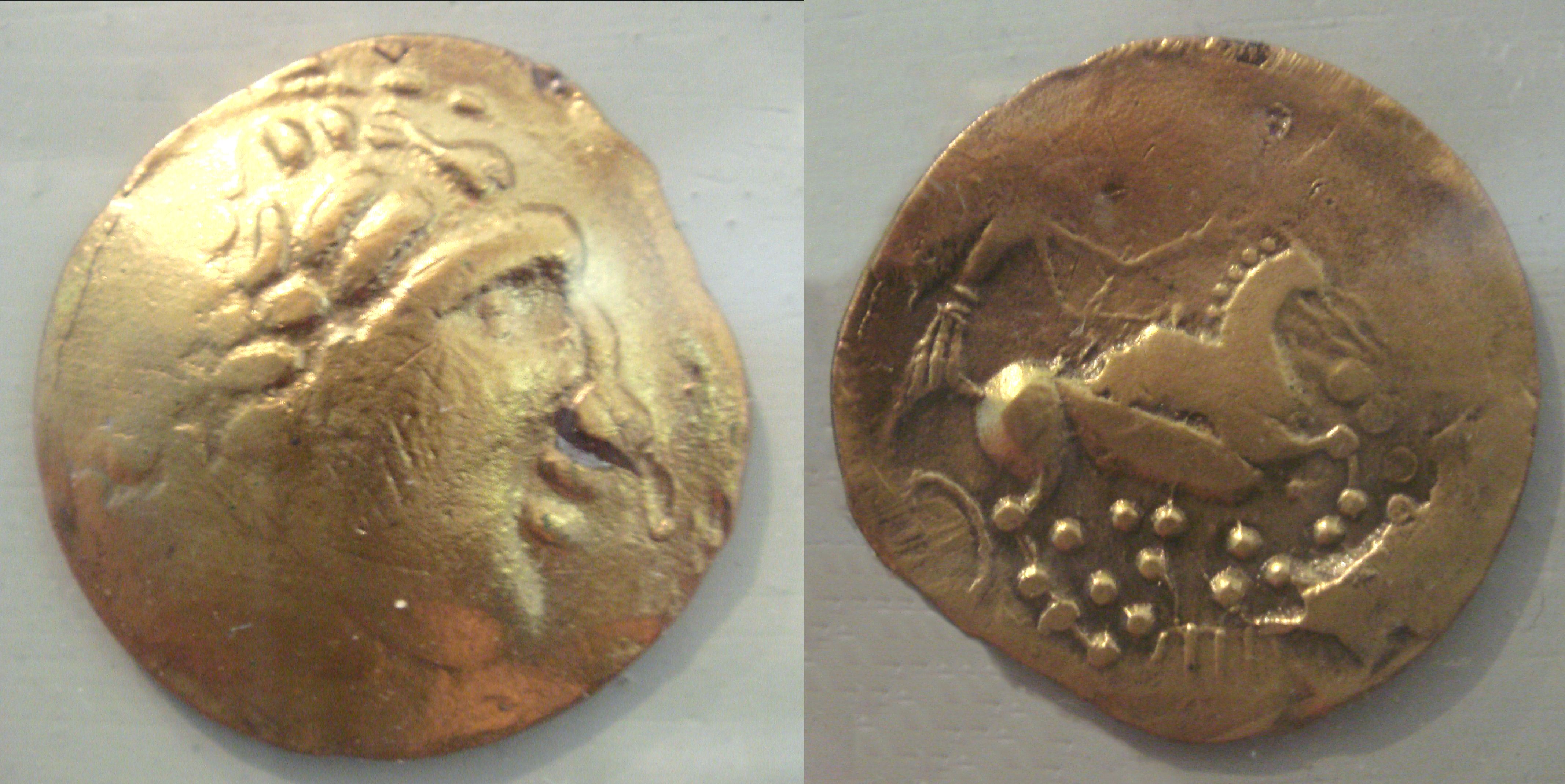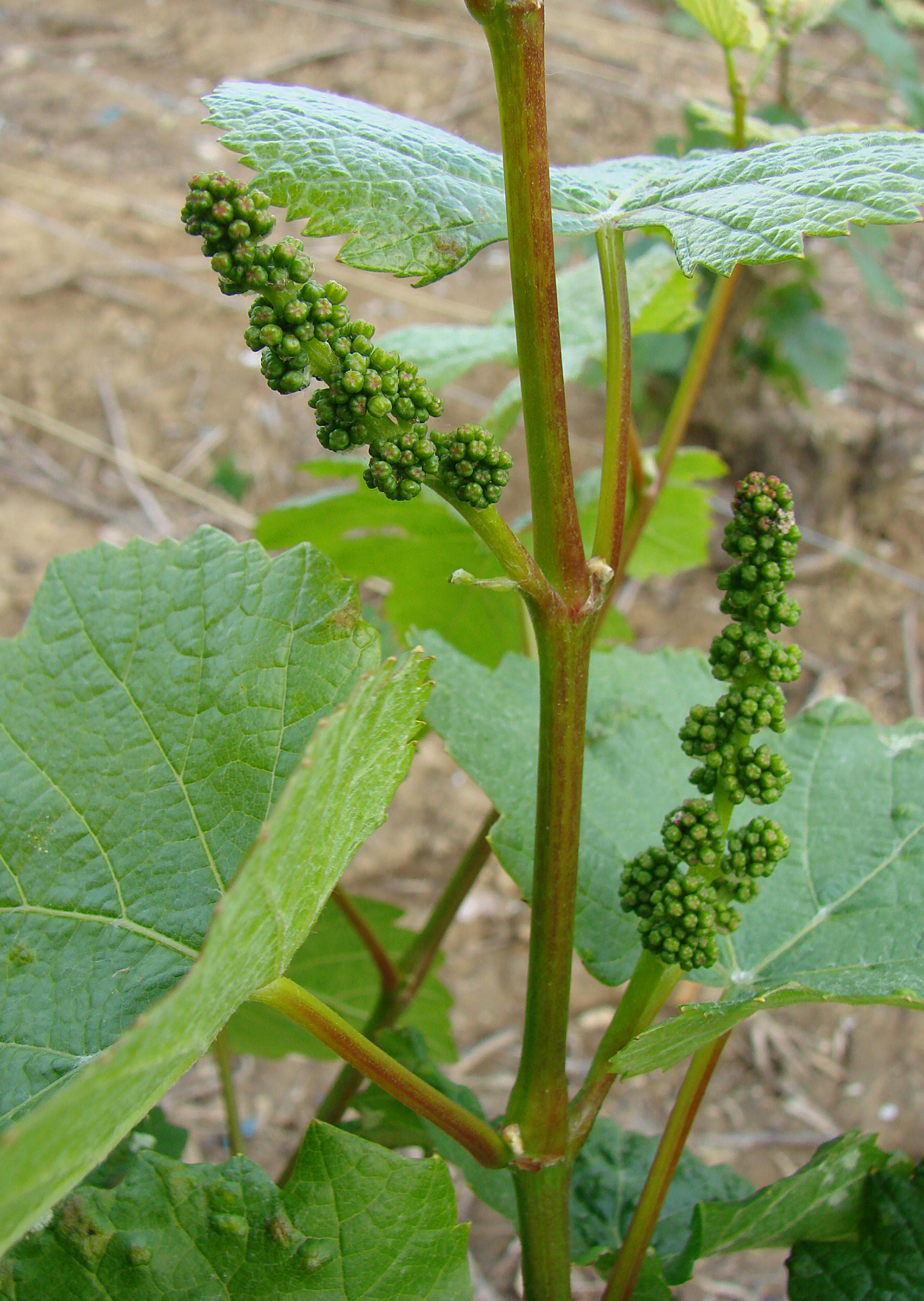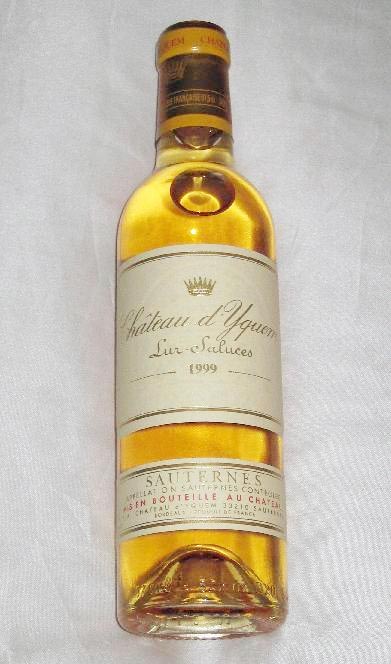|
Château Lagorce
The Château Lagorce is a former castle, converted into a ''château'', in the '' commune'' of Haux in the ''département'' of Gironde, France. History According to a document from the 18th century, the château originally had a moat. The oldest tower has walls 1.2 meters thick, and both of these features helped it to defend itself, as it became embroiled in feudal wars during the 14th, 15th and 16th centuries. The residence was partly destroyed during the latter of these centuries. In the 15th century it changed hands with regularity as marriages took place. Bonnaventure de Faugeres claimed to hold the rights to the "Great Gorce" and initiated proceedings against his brother (or brother-in-law), Estienne Dumenilh de Faugeres. The claims were founded, as in June 1599 Lord Dumenilh gave him 16,500 pounds in payment for his rights. Bonnaventure seized the profit from his rent and from his agricultural activities, and in 1607 recovered the whole of the property. In 1636 it was ... [...More Info...] [...Related Items...] OR: [Wikipedia] [Google] [Baidu] |
Coat Of Arms
A coat of arms is a heraldry, heraldic communication design, visual design on an escutcheon (heraldry), escutcheon (i.e., shield), surcoat, or tabard (the last two being outer garments), originating in Europe. The coat of arms on an escutcheon forms the central element of the full achievement (heraldry), heraldic achievement, which in its whole consists of a shield, supporters, a crest (heraldry), crest, and a motto. A coat of arms is traditionally unique to the armiger (e.g. an individual person, family, state, organization, school or corporation). The term "coat of arms" itself, describing in modern times just the heraldic design, originates from the description of the entire medieval chainmail "surcoat" garment used in combat or preparation for the latter. Roll of arms, Rolls of arms are collections of many coats of arms, and since the early Modern Age centuries, they have been a source of information for public showing and tracing the membership of a nobility, noble family, a ... [...More Info...] [...Related Items...] OR: [Wikipedia] [Google] [Baidu] |
List Of Castles In France
This is a list of castles in France, arranged by Regions of France, region and Departments of France, department. ;Notes: # The French word ''château'' has a wider meaning than the English ''castle'': it includes architectural entities that are properly called palaces, mansions or vineyards in English. This list focuses primarily on architectural entities that may be properly termed ''castle'' or ''fortress'' (), and excludes entities not built around a substantial older castle that is still evident. # Occasionally, where there is not a specific article on a castle, links are given to another article that includes details, typically an article on a town. # ''Italics'' indicate links to articles in the :fr:Main Page, French Wikipedia. # If no article appears in either English or French Wikipedias, a link is given to an external website. # The number in parentheses after the name of each department indicates the department number used for administrative purposes. # The number of cast ... [...More Info...] [...Related Items...] OR: [Wikipedia] [Google] [Baidu] |
Bordeaux Life
Bordeaux ( ; ; Gascon language, Gascon ; ) is a city on the river Garonne in the Gironde Departments of France, department, southwestern France. A port city, it is the capital of the Nouvelle-Aquitaine region, as well as the Prefectures in France, prefecture of the Gironde department. Its inhabitants are called "''Bordelais'' (masculine) or "''Bordelaises'' (feminine). The term "Bordelais" may also refer to the city and its surrounding region. The city of Bordeaux proper had a population of 259,809 in 2020 within its small municipal territory of , but together with its suburbs and exurbs the Bordeaux Functional area (France), metropolitan area had a population of 1,376,375 that same year (Jan. 2020 census), the sixth-most populated in France after Paris, Lyon, Marseille, Lille, and Toulouse. Bordeaux and 27 suburban municipalities form the Bordeaux Métropole, Bordeaux Metropolis, an Indirect election, indirectly elected Métropole, metropolitan authority now in charge of wi ... [...More Info...] [...Related Items...] OR: [Wikipedia] [Google] [Baidu] |
Escape To The Chateau DIY
''Château DIY'' (formerly known as ''Escape to the Château DIY'' until 2020) is a Channel 4 formatted documentary television series which follows the stories of various families who are renovating châteaux in France, or looking at ones to purchase. The original series ''Escape to the Château DIY'' was narrated by Dick Strawbridge who, along with his wife Angel Adoree, provided help and advice to some of these owners until 2020. The programme was spawned from the associated series '' Escape to the Chateau''. In 2021, the programme was rebranded as ''Château DIY'' with new narrator Adjoa Andoh. ''Chateau DIY'' has run for 4 series, with further series planned. The brand has been extended with Christmas specials that aired starting in 2021. A further spin-off series titled ''Chateau DIY: Living the Dream'', focusing on one chateau per episode, was commissioned in 2023 for More4. Episode list ''Escape to the Château DIY'' Series 1 Series 2 Series 3 Series 4 ... [...More Info...] [...Related Items...] OR: [Wikipedia] [Google] [Baidu] |
Grapevine
''Vitis'' (grapevine) is a genus of 81 accepted species of vining plants in the flowering plant family Vitaceae. The genus consists of species predominantly from the Northern Hemisphere. It is economically important as the source of grapes, both for direct consumption of the fruit and for fermentation to produce wine. The study and cultivation of grapevines is called viticulture. Most cultivated ''Vitis'' varieties are wind-pollinated with hermaphroditic flowers containing both male and female reproductive structures, while wild species are dioecious. These flowers are grouped in bunches called inflorescences. In many species, such as ''Vitis vinifera'', each successfully pollinated flower becomes a grape berry with the inflorescence turning into a cluster of grapes. While the flowers of the grapevines are usually very small, the berries are often large and brightly colored with sweet flavors that attract birds and other animals to disperse the seeds contained within the berri ... [...More Info...] [...Related Items...] OR: [Wikipedia] [Google] [Baidu] |
Sauternes (wine)
Sauternes () is a French sweet wine from the region of the same name in the Graves section in Bordeaux. Sauternes wine is made from Sémillon, sauvignon blanc, and muscadelle grapes that have been affected by ''Botrytis cinerea'', also known as noble rot. This causes the grapes to become partially raisined, resulting in concentrated and distinctively flavored wines. Due to its climate, Sauternes is one of the few wine regions where infection with noble rot is a frequent occurrence. Even so, production is a hit-or-miss proposition, with widely varying harvests from vintage to vintage. Wines from Sauternes, especially the ''Premier Cru Supérieur'' estate Château d'Yquem, can be very expensive, largely due to the very high cost of production. Barsac lies within Sauternes and is entitled to use either name. Somewhat similar but less expensive and typically less-distinguished wines are produced in the neighboring regions of Monbazillac, Cérons, Loupiac and Cadillac. I ... [...More Info...] [...Related Items...] OR: [Wikipedia] [Google] [Baidu] |
Barsac AOC
Sauternes () is a French sweet wine from the region of the same name in the Graves section in Bordeaux. Sauternes wine is made from Sémillon, sauvignon blanc, and muscadelle grapes that have been affected by ''Botrytis cinerea'', also known as noble rot. This causes the grapes to become partially raisined, resulting in concentrated and distinctively flavored wines. Due to its climate, Sauternes is one of the few wine regions where infection with noble rot is a frequent occurrence. Even so, production is a hit-or-miss proposition, with widely varying harvests from vintage to vintage. Wines from Sauternes, especially the ''Premier Cru Supérieur'' estate Château d'Yquem, can be very expensive, largely due to the very high cost of production. Barsac lies within Sauternes and is entitled to use either name. Somewhat similar but less expensive and typically less-distinguished wines are produced in the neighboring regions of Monbazillac, Cérons, Loupiac and Cadillac. In the ... [...More Info...] [...Related Items...] OR: [Wikipedia] [Google] [Baidu] |
Keystone (architecture)
A keystone (or capstone) is the wedge-shaped stone at the apex (geometry), apex of a masonry arch or typically round-shaped one at the apex of a Vault (architecture), vault. In both cases it is the final piece placed during construction and locks all the stones into position, allowing the arch or vault to bear weight. In arches and vaults (such as quasi-domes) keystones are often enlarged beyond the structural requirements and decorated. A variant in domes and crowning vaults is a lantern (architecture), lantern. A portion of the arch surrounding the keystone is called a Crown (arch), crown. Keystones or their suggested form are sometimes placed for decorative effect in the centre of the flat top of doors, recesses and windows, so as to form an upward projection of a lintel, as a hallmark of strength or good architecture. Although a masonry arch or vault cannot be self-supporting until the keystone is placed, the keystone experiences the least stress of any of the voussoirs, ... [...More Info...] [...Related Items...] OR: [Wikipedia] [Google] [Baidu] |
Moat
A moat is a deep, broad ditch dug around a castle, fortification, building, or town, historically to provide it with a preliminary line of defence. Moats can be dry or filled with water. In some places, moats evolved into more extensive water defences, including natural or artificial lakes, dams and sluices. In older fortifications, such as hillforts, they are usually referred to simply as ditches, although the function is similar. In later periods, moats or water defences may be largely ornamental. They could also act as a sewer. Historical use Ancient Some of the earliest evidence of moats has been uncovered around ancient Egyptian fortresses. One example is at Buhen, a settlement excavated in Nubia. Other evidence of ancient moats is found in the ruins of Babylon, and in reliefs from ancient Egypt, Assyria, and other cultures in the region. Evidence of early moats around settlements has been discovered in many archaeological sites throughout Southeast Asia, including ... [...More Info...] [...Related Items...] OR: [Wikipedia] [Google] [Baidu] |







